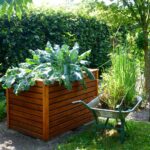Beautiful Plants For Your Interior
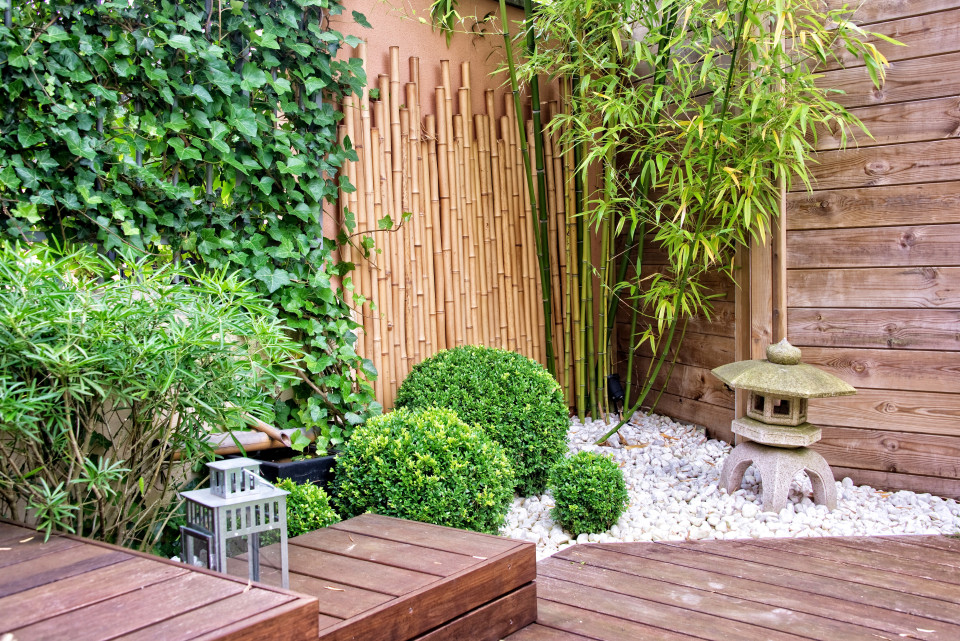
How to Create a Japanese Garden in a Small Space
Japanese gardens are known for their beauty, tranquility, and sense of harmony. They are often designed to be enjoyed in small spaces, making them a perfect option for those with limited yard space. Here are some steps to help you create your own Japanese Garden in a Small Space:
How to Create a Japanese Garden in a Small Space
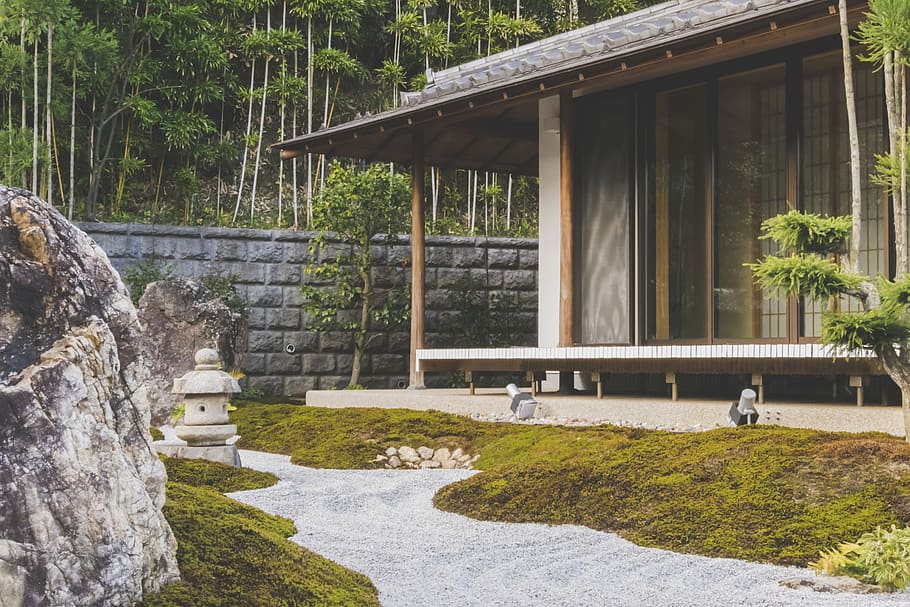
Creating a Japanese garden is a personal expression of art and nature. Adapt the design principles to suit your small space while maintaining the essence of tranquility and simplicity that Japanese gardens embody. Enjoy the process and the serenity your garden will bring to your surroundings.
1. Choosing the Right Location
The first step in creating a Japanese garden is to choose the right location. The garden should be located in a spot that gets plenty of sunlight, but it should also be sheltered from the wind.
2. Planning the Layout
Once you have chosen a location, you need to start planning the layout of your garden. Japanese gardens are typically divided into three main areas: the dry garden, the wet garden, and the tea garden.
Dry Garden
The dry garden is the most important part of the Japanese garden. It is where you will find the traditional elements of Japanese gardening, such as rocks, trees, and water. The dry garden should be designed to create a sense of peace and tranquility.
Wet Garden
The wet garden is a more recent addition to Japanese gardening. It is where you will find the pond, the waterfall, and the stream. The wet garden should be designed to create a sense of movement and energy.
Tea Garden
The tea garden is the smallest part of the Japanese garden. It is where you will find the teahouse and the garden path. The tea garden should be designed to create a sense of privacy and intimacy.
3. Choosing Plants
If you are short on space, you can create a Japanese garden in a variety of ways. You can use containers, such as pots and planters, to grow your plants. You can also use vertical gardening techniques, such as trellises and walls, to create a sense of depth and dimension.
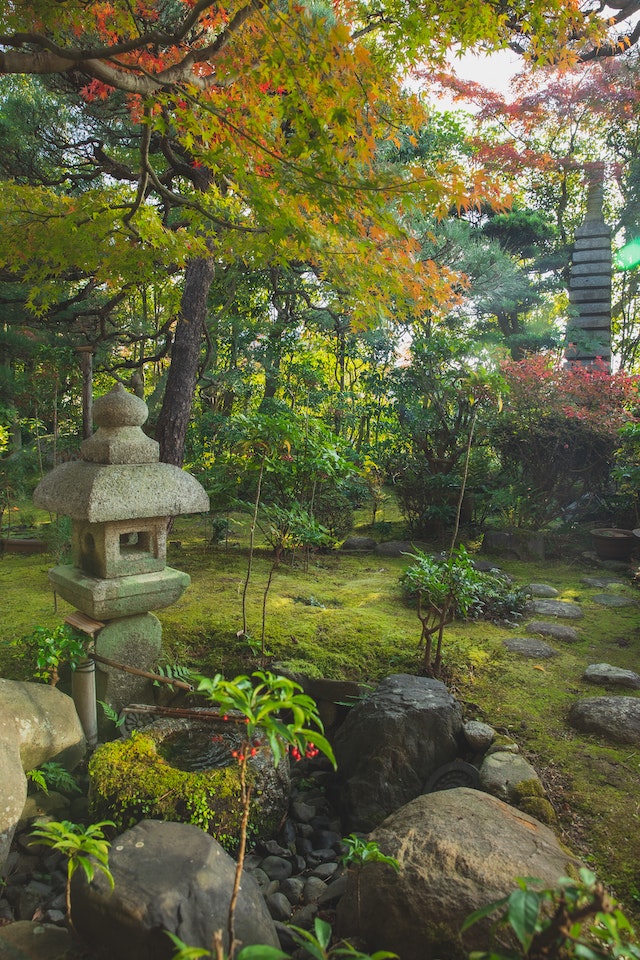
When choosing plants for your Japanese garden, it is important to choose plants that are native to Japan. These plants will be more likely to thrive in your climate and they will add a touch of authenticity to your garden.
Here are some of the good choices for small Japanese gardens:
- Bamboo
- Cherry blossom trees
- Japanese maples
- Hinoki cypress
- Japanese holly
- Azaleas
- Chrysanthemums
- Dwarf conifers
- Ferns
- Grasses
4. Adding Other Elements
In addition to plants, you will also need to add some other elements to your Japanese garden. These elements can include rocks, water, and lanterns.
Rocks
Rocks are an important element in Japanese gardens. They can be used to create paths, to create focal points, or simply add a touch of natural beauty.
Water
Water is another important element in Japanese gardens. It can be used to create a pond, a waterfall, or a stream. Water can add a sense of movement and energy to your garden.
Lanterns
Lanterns are a traditional element in Japanese gardens. They can be used to provide light at night or to simply add a touch of elegance.

LED Pagoda Lantern For Japanese Garden in a Small Space
Solar LED Pagoda Lantern Garden Statue Light. Zen Garden Japanese Lantern for Landscape Balcony Patio Porch Yard.
Additional Tips on Creating a Japanese Garden in a Small Space
Creating a Japanese garden in a small space can be a challenge, but it is also a rewarding experience. By following these tips, you can create a beautiful and tranquil garden that will be enjoyed by you and your family for years to come.
- Use vertical space. If you don’t have a lot of horizontal space, you can use vertical space to your advantage. You can grow plants on trellises, walls, or fences.
- Use containers. Containers are a great way to grow plants in a small space. You can use pots, planters, or even old buckets to create your own mini-gardens.
- Use small plants. There are many small plants that are perfect for Japanese gardens. These plants will take up less space and they will still add beauty to your garden.
- Be creative. Don’t be afraid to get creative when designing your Japanese garden. There are no rules when it comes to Japanese gardens, so let your imagination run wild.
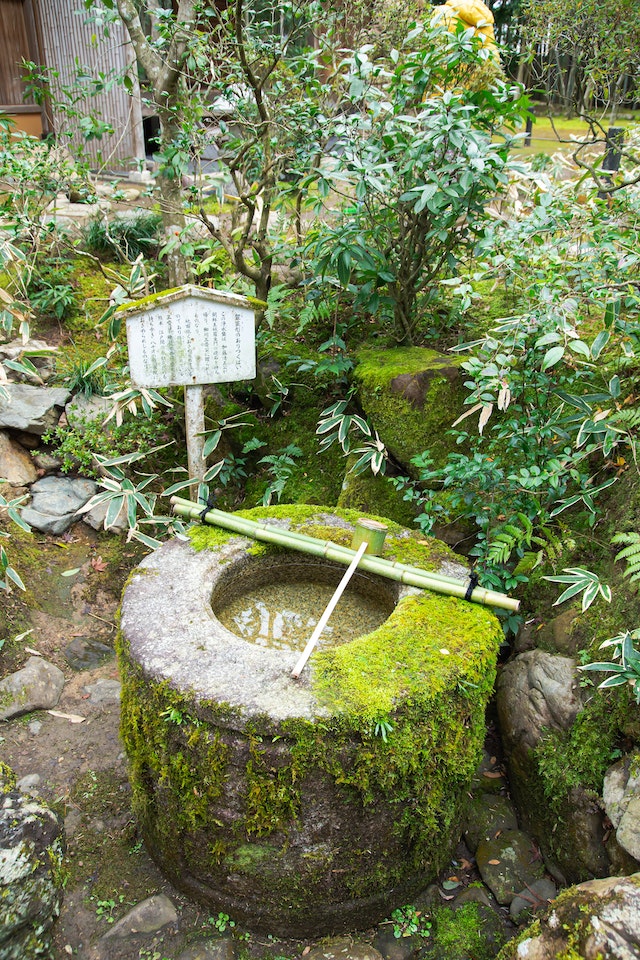
With a little planning and creativity, you can create a beautiful and tranquil Japanese garden in any space.
Maintenance
Japanese gardens are relatively low-maintenance. However, there are a few things that you can do to keep your garden looking its best.
- Water your plants regularly. Japanese plants are accustomed to moist soil, so it is important to water them regularly, especially during hot weather.
- Fertilize your plants. Fertilizing your plants will help them to grow healthy and strong. You can fertilize your plants in the spring and fall.
- Prune your plants. Pruning your plants will help to keep them healthy and in shape. You should prune your plants in the spring or fall.
People also ask
-
Do Japanese gardens require a lot of maintenance?
While Japanese gardens do require some maintenance, you can design your small space with low-maintenance plants and elements. Regular pruning, weeding, and cleaning are necessary to keep your garden looking its best, but the scale of work will depend on the complexity of your design and plant choices.
-
Can I create a Japanese garden on a balcony or rooftop?
Absolutely! Japanese gardens can be adapted to various settings, including balconies and rooftops. Consider utilizing potted plants, miniature rock arrangements, and water features that fit the available space. Be mindful of weight restrictions and ensure proper drainage to prevent water damage.
-
How can I incorporate water features in a small Japanese garden?
Water features are a key element in Japanese gardens. In a small space, consider installing a small pond, a stone basin, or even a tabletop fountain. These compact options will add a soothing ambiance without overwhelming the area.
-
Can I create a Japanese garden on a budget?
Yes, you can create a beautiful Japanese garden in a small space on a budget. Opt for cost-effective materials like recycled wood, gravel, and locally sourced plants. Emphasize simplicity and
-
How can I incorporate rocks in a small Japanese garden?
In a small space, you can use smaller rocks or boulders strategically placed to create a sense of balance and harmony. Grouping rocks together and arranging them in natural-looking formations can add depth and interest to your garden.
-
Are there specific plants that are suitable for small Japanese gardens?
Yes, some plants commonly found in Japanese gardens that are suitable for small spaces include Japanese maple trees, bamboo, azaleas, moss, ferns, and dwarf evergreen shrubs. These plants can provide color, texture, and a sense of tranquility.
-
Can I use a traditional Japanese lantern in a small garden?
Yes, choose a smaller lantern that complements the garden’s scale to incorporate a traditional Japanese touch.
-
Can I incorporate a tea house or seating area in a small Japanese garden?
It may be challenging due to limited space, but a small seating nook or low bench can be included.
-
How important is the balance of elements in a small Japanese garden?
Achieving a harmonious balance between rocks, plants, and water features is crucial in small Japanese gardens.
Bottom Line on How to Create a Japanese Garden in a Small Space
Creating a Japanese garden in a small space can be a rewarding and fulfilling experience. By embracing the principles of simplicity, balance, and harmony, you can transform even the tiniest area into a tranquil haven that reflects the beauty of traditional Japanese gardens.
Remember to carefully plan your layout, choosing the right design concept that suits your space limitations. Focus on simplicity, utilizing natural materials such as stone, gravel, wood, and bamboo to add authenticity and blend harmoniously with nature. Select suitable plants that thrive in small spaces, requiring minimal maintenance but embodying the spirit of a Japanese garden.





